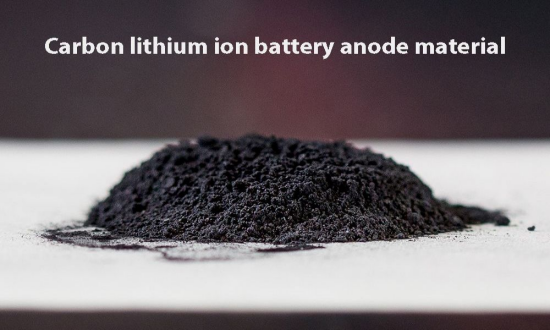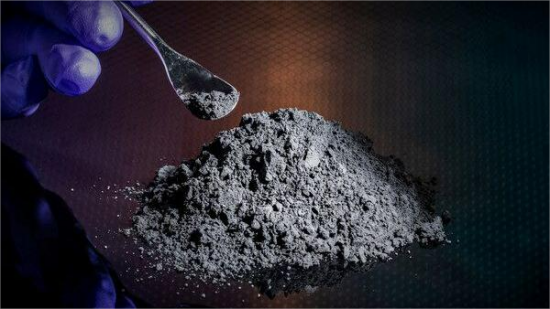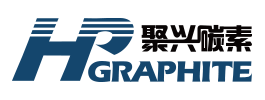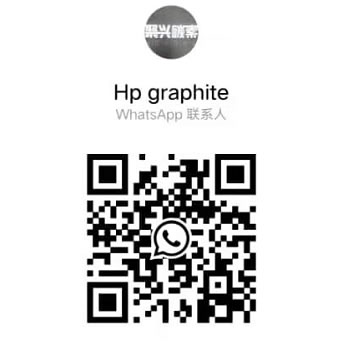【Anode Materials】U.S. to Impose Tariffs of 93.5% to 160% on Chinese Anode Materials

The rapid growth of electric vehicles and energy storage systems is boosting demand for high-performance lithium batteries, driving the need for high-quality petroleum coke and synthetic graphite. High-quality calcined petroleum coke is essential for producing reliable lithium battery anode materials.
【Anode Materials】U.S. to Impose Tariffs of 93.5% to 160% on Chinese Anode Materials
On July 17, the U.S. Department of Commerce ruled in a document that graphite imported from China receives unfair subsidies and preliminarily decided to impose a 93.5% anti-dumping tariff on such graphite. The final ruling will be announced before December 5. Graphite is a critical material in battery production.
Tesla and Panasonic had previously issued a joint warning, stating that U.S. suppliers "lack the ability to meet quality standards and do not have the technology for large-scale production." Even if supply is shifted to alternative sources such as Australia and Brazil, battery costs are expected to increase by 15% to 20%.
However, for U.S.-based battery companies, imported anode materials from China are more competitive in terms of both price and quality. Restricting their entry into the U.S. market is not beneficial for these companies.

In December last year, a trade association representing U.S. graphite producers filed a petition with two federal agencies requesting an investigation into whether Chinese companies violated anti-dumping laws. According to the trade group that filed the complaint—the American Active Anode Material Producers (AAAMP)—the new tariffs will be added to existing duties, raising the effective total tariff to 160%.
Imposing anti-dumping duties on graphite will inevitably intensify tensions in the global electric vehicle supply chain, which is already under pressure due to China's export controls on certain critical minerals and battery technologies. Moreover, it may significantly increase the costs for automakers that rely on graphite to produce electric vehicles.
Sam Adham, head of battery materials at consulting firm CRU Group, stated that the tariffs would hit battery manufacturers hard. He noted that a 160% tariff would increase the cost of a typical EV battery by $7 per kilowatt-hour, equivalent to one-fifth of the battery manufacturing tax credit preserved from the Inflation Reduction Act under former President Trump's budget proposal.
Adham commented, "This essentially wipes out one to two quarters of profits for battery manufacturers."
Tesla and its key battery supplier, Japan's Panasonic, are both working to block the new tariffs. They argue that the U.S. graphite industry is not developed enough to meet Tesla's requirements for quality and volume, so they must rely on imports from China. Affected by the news, Tesla's stock fell 1.4% on Thursday.
This preliminary ruling on anti-subsidies for Chinese anode materials originated from a petition submitted at the end of last year by the U.S. Anode Material Producers Alliance (AAAMP) to the U.S. Department of Commerce and the International Trade Commission. The petitioners include Australian battery material company Syrah Technologies LLC, NOVONIX Anode Materials LLC, and Indian battery material company Epsilon Advanced Materials. The foreign producers/exporters accused include BTR (835185.BJ), China Baoan (000009.SZ), and others. The local importers named include Ford, Tesla, LG Energy Solution, Panasonic, among others.
AAAMP claims that China, through state support and large-scale subsidies, is dumping cheap graphite on the global market, causing harm to the U.S. domestic market. They are calling for tariffs of up to 920% on natural and synthetic graphite imported from China for use in lithium-ion battery anodes and have initiated a trade investigation.
The U.S. is using subsidies as an excuse to act against China, but the real motivation is political. In recent years, the Chinese government has significantly reduced export tax rebates and other subsidies. Currently, there are virtually no subsidies in the battery and materials sectors. The U.S.'s use of subsidies as a pretext is essentially driven by a fear that, in the event of a conflict with China, the country could face a chokehold in this key area.

I. Industrial Shock Under the Tariff Stick
The new tariffs target anode-grade graphite with a purity of ≥90%, covering natural, synthetic, and blended varieties. Data shows that in 2023, of the 180,000 tons of related products imported by the U.S., 66% came from China, worth $347.1 million.
II. Fundamental Weaknesses in the U.S. Graphite Industry
As the core material of lithium battery anodes, global graphite refining capacity has long been concentrated in China. Research from CRU Group indicates that 59% of the natural graphite and 68% of the synthetic graphite used in the U.S. comes from China. It is widely agreed in the industry that the U.S. cannot establish a competitive local supply chain in the short term.
Tesla, Panasonic, and other companies have previously stated that U.S. domestic graphite capacity falls far short of demand. CRU battery materials expert Sam Adham estimated that the new tariffs will increase cell costs by $7 per kilowatt-hour, enough to erode one to two quarters of profit for Korean battery manufacturers.
Panasonic further noted that although graphite accounts for less than 8% of battery costs, since batteries are among the most expensive components in EVs, any fluctuation in their cost will directly affect retail prices—potentially raising the price of a vehicle by more than $1,000.
III. Accelerated Local Supply Chain Race
Under policy pressure, U.S. domestic graphite projects are being fast-tracked. Policy advocate Westwater Resources (WWR) is accelerating construction of its Alabama plant, with Phase I targeting 12,500 tons of capacity by 2025 and a long-term goal of 50,000 tons. The company has signed supply agreements with Stellantis and SK On in an attempt to build a regional supply chain.
Korean and Japanese companies are also taking action: Panasonic's battery plant in Kansas is operational and expected to create 4,000 jobs, while LG Energy Solution is expanding its production lines in Tennessee and other locations. This restructuring of supply chains reflects a global race for sovereignty over critical minerals.
IV. Butterfly Effects Across the Supply Chain
This tariff adjustment is a key move in the U.S.'s critical minerals strategy. However, the reality is that in the short term, the global supply of graphite remains highly dependent on the existing system. A report by the International Energy Agency in May clearly stated that at least until 2030, graphite will continue to play an essential role in lithium battery anode markets, and emerging materials have yet to form effective substitutes.
Feel free to contact us anytime for more information about the Anode Material market. Our team is dedicated to providing you with in-depth insights and customized assistance based on your needs. Whether you have questions about product specifications, market trends, or pricing, we are here to help.
No related results found








0 Replies